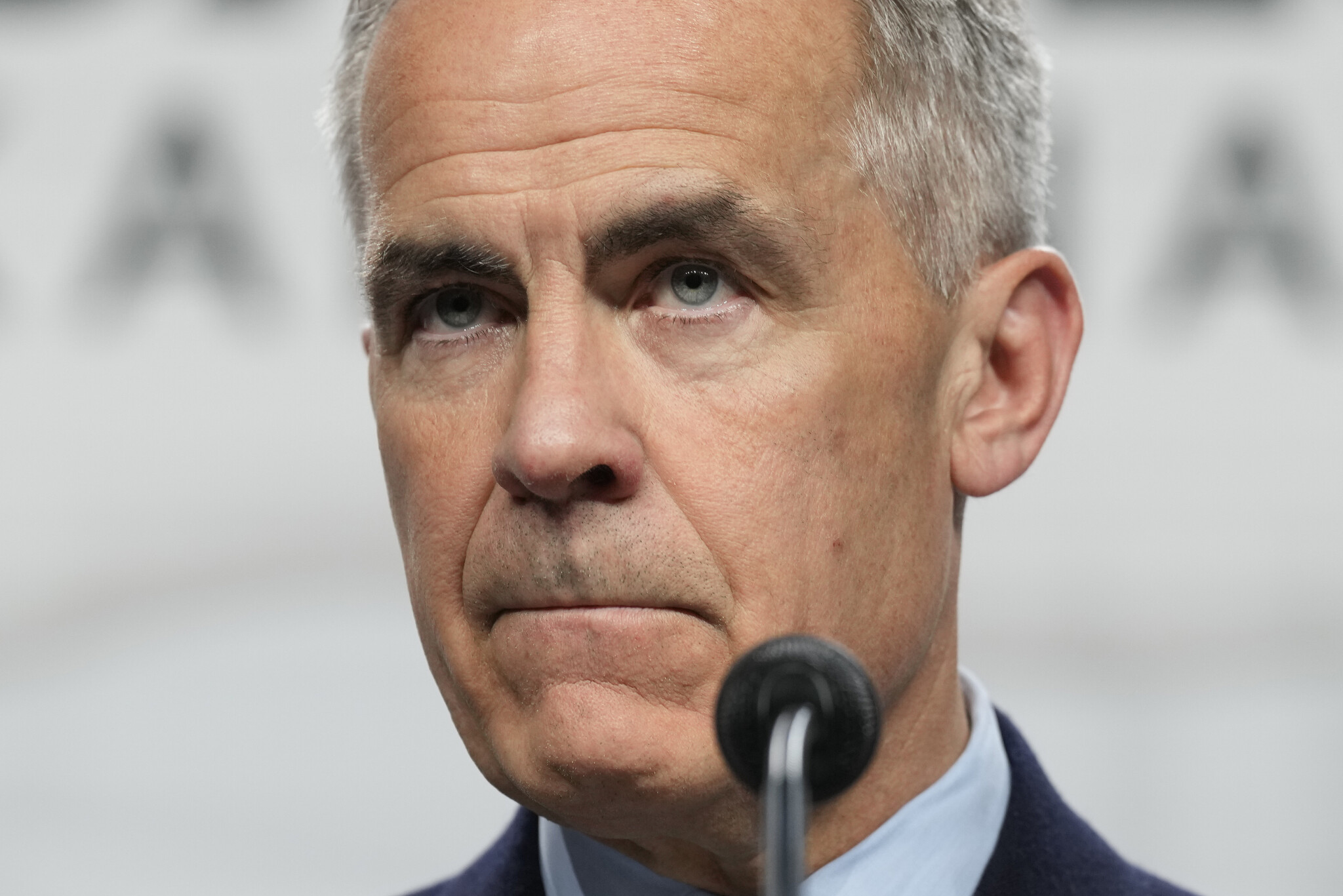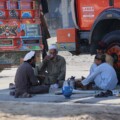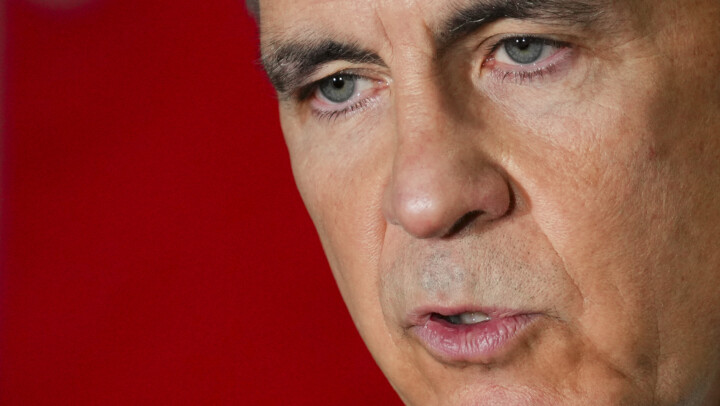Mark Carney took a few days of vacation this week, in what must have been a much-welcomed break after a non-stop sprint since he first entered the Liberal leadership race in January.
But the pause didn’t last long. On Thursday, he was forced to respond to new threats from Donald Trump, who warned of even higher tariffs on Canadian goods starting August 1.
Next week won’t get easier. Carney is scheduled to meet with his cabinet to tackle everything from broadband policy and deep spending cuts to the next steps in U.S. negotiations, and decisions around which infrastructure projects to champion under his new fast-track legislation, Bill C-5.
Then on Thursday, he’ll face hundreds of First Nations leaders in a bid to assuage concerns over that same infrastructure law. And all the while, the clock will be ticking on a deal with Washington.
Still, Carney’s brief break this week offers a useful moment to take stock of how his government is faring against the three defining economic challenges of his administration:
- Reconciling growth in Canada’s oil and gas sector—and other resources—with the demands of the climate transition and Indigenous reconciliation.
- Resetting the economic relationship with the United States.
- Boosting capital investment across the economy to reverse Canada’s long decline in productivity.
Oil and gas: When’s the pushback?
There’s little question Carney has exceeded expectations on energy. He hasn’t just championed the sector rhetorically, but he’s pushed ahead quickly with legislation to accelerate major infrastructure projects.
The response has been overwhelmingly positive, even among Conservatives, who not only backed the fast-track legislation but whose supporters are now openly hoping their own party won’t stand in the way of this progress.
Yet the energy sector itself remains in a wait-and-see mode.
One reason for hesitation is that Carney, a former UN special envoy for climate action and finance, hasn’t yet addressed the climate transition side of the equation. If he tries to build another oil pipeline, everyone expects backlash to quickly follow.
While Carney is building goodwill with energy producers and provincial leaders in Western Canada, he’s spending down political capital with environmentalists. That well only runs so deep and will be severely tested if he moves ahead with other measures like relaxing the emissions cap or easing clean electricity regulations.
The National Observer captured how climate advocates are viewing Carney’s agenda in an analysis that illustrates the extent to which environmentalists are also trying to read the tea leaves.
Meanwhile, when it comes to Indigenous groups, where Carney starts with much less goodwill, early cracks are already showing.
Struggling with Trump
The Carney government has struggled to reset Canada’s relationship with Trump.
In part, it’s a victim of its own rhetoric. During the election campaign, Carney warned that the U.S. wanted to confiscate our resources and claimed Conservative leader Pierre Poilievre would “kneel” before the U.S. President. “President Trump is trying to break us so that America can own us. That will never—that will never ever happen,” Carney said during his election victory speech. That’s a hard line to walk back and a hurdle to any deal today.
The government also seems to have misjudged its leverage. The result has been a series of concessions: watering down planned retaliatory tariffs, supporting Canada’s participation in Trump’s Golden Dome project, rescinding the digital services tax and now, this week, pushing back its own deadline for a deal (Carney initially threatened tariffs by July 21; that’s now slipped to August 1).
Part of the challenge for Carney is that Trump has so far spared us from the worst of his tariffs. Most Canadian exports remain tariff-free. Even Trump’s latest threat to raise tariffs on Canada this week may be more bark than bite.
According to Bloomberg News, citing an official, it only applies to trade that is not compliant with the USMCA trade agreement. Currently, 25 percent tariffs already apply to non-compliant USMCA trade. Trump is threatening to raise that by 35 percent. But according to RBC Economics, about 90 percent of Canadian exports to the U.S. crossed the border duty-free in May, suggesting more trade between the two countries is complying with the trade pact. Given Canada’s advantageous positions vis-a-vis other U.S. trading partners, who are harder hit, that leaves little scope for Carney to score new wins.
Investment: The biggest test
Perhaps Carney’s toughest challenge is how to spark private sector investment.
Canada is in the middle of an investment crisis. Non-residential private investment as a share of GDP is hovering at two-decade lows. This decade has shown the worst GDP per capita growth since the Great Depression, partly because real capital stock per worker is falling.
Carney’s plan to reverse this rests on three levers. The first two we’ve already discussed:
- Drive growth in the resource economy and infrastructure through major projects.
- Secure greater trade certainty with the United States.
The third is fiscal policy. Carney wants to use the public balance sheet to channel investment into strategic sectors, and he is seeking to create fiscal room to do it.
That’s where this week’s spending review comes in. The government is aiming high. According to the Toronto Star, the target is to find $25 billion in annual savings.
That level of saving will go a long way to helping finance new infrastructure and other investments. But meeting that goal will almost certainly force Carney to break one of his key campaign promises not to cut federal staffing levels.
We’ll see how public sector workers in Ottawa, who supported the Liberals en masse in the last election, react to this, and whether the government is prepared to pay the political price to push ahead with the agenda.









